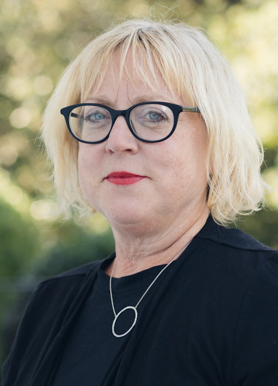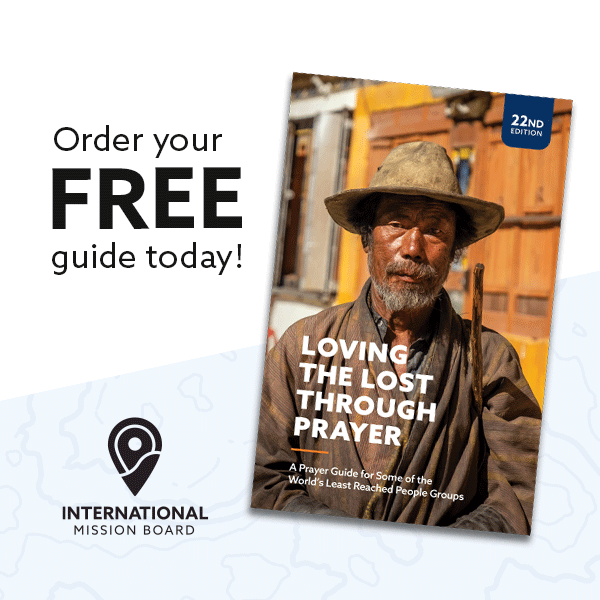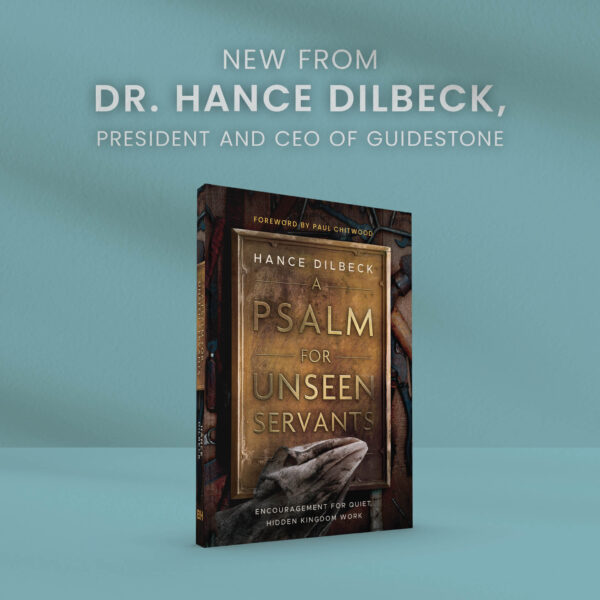
 WAKE FOREST, N.C. (RNS) – A first edition of Mary Shelley’s 1818 novel “Frankenstein” sold at auction for $1.17 million earlier this month, setting a record for the highest price ever paid for a work published by a woman.
WAKE FOREST, N.C. (RNS) – A first edition of Mary Shelley’s 1818 novel “Frankenstein” sold at auction for $1.17 million earlier this month, setting a record for the highest price ever paid for a work published by a woman.
When I tweeted out the news story, someone responded by saying it was hard to get excited about this news when so many people are starving and needy.
The exchange reminded me of a story told about Jesus in the Gospel of Matthew:
While Jesus was in Bethany in the home of Simon the Leper, a woman came to Him with an alabaster jar of very expensive perfume, which she poured on His head as He was reclining at the table. When the disciples saw this, they were indignant. “Why this waste?” they asked. “This perfume could have been sold at a high price and the money given to the poor.”
Jesus answers them by saying, “Why are you bothering this woman? She has done a beautiful thing to me.”
This is a hard statement from Jesus. Then, as now, it is sometimes puzzling to see how we rationalize great resources being expended on things that do not produce tangible or measurable results. As Oscar Wilde is famous for saying, “All art is quite useless.”
Wilde means his words as praise. Art – beauty – is extravagant, excessive and luxuriant.
It is also essential to our humanity.
And, yet, in this fallen world, there is no beauty without sacrifice.
To be sure, works of art sold for millions of dollars at auction are often bought for the purpose of investment or prestige, which is more transactional than sacrificial. Yet, the fact that such items have such value in the world might be vexing to some, like my Twitter friend. But in a world so broken, distorted and unjust, we should take encouragement, even solace, in the fact that art is still cherished.
Where we place beauty on our list of priorities reflects what we understand about what beauty means in being human. The ability to appreciate it and cultivate it reflects our nature as beings made in the image of God, the creator of and source of all beauty.
Decades ago, my family’s little upstart church had a fundraising campaign to add a steeple to our new, austere church building. I piously – foolishly – thought the money would be better spent on a youth van ministry. I was ignorant then of how city cathedrals and country churches throughout history and across the globe have marked the presence of the body of Christ in communities by their physical structures and how that same architecture points to a transcendent God.
So, the question we have to consider is, “What are we willing to sacrifice for beauty?”
Vincent Van Gogh suffered financially, mentally and socially in order to cultivate his art for years before producing the works that would come to be known as masterpieces. Even that success was not enough to stave off the psychosis and delusions that eventually took his life. He painted “The Starry Night,” his most famous work, while he was in an asylum, not long before his death.
Van Gogh is an extreme example, but the point applies to photographers who traverse land and sea, live in perilous conditions and take thousands of pictures to capture a winning shot and to guitarists who develop callouses on their fingers to facilitate the strumming to produce a song. Some would-be influential artists choose quiet obscurity over celebrity, toiling behind closed doors long into the night on work the world may never see.
“Writing is easy,” a practitioner of that craft once said. “You just open a vein and bleed.”
But these sacrifices, the ones exacted by the art, aren’t the only sacrifices to beauty. Smaller, more mundane ways are offered to us every day. There are views we can glimpse only after climbing to the top of the mountain. Notes we can hit only after many hours of practice. Poems we understand only by reading them several times, slowly, attentively, surrendering ourselves to the demands of the form. Even glimpsing an original Van Gogh can mean making a journey to a museum.
These are momentary encounters with beauty, but they are all means by which we choose to cultivate lives characterized by beauty in sacrificial ways. Does beauty factor into the decisions we make about where to make a home, how to spend the time and money we allot for entertainment or the way we spend our leisure hours?
A culture that suppresses the hunger for beauty sometimes tries to fulfill it with cheap substitutes. The ways tyrants try to squash this hunger is movingly portrayed in “Balzac and the Little Chinese Seamstress,” a semi-autobiographical novel by Dai Sijie. Set in the context of the Chinese Cultural Revolution, the narrator, along with his friends and cruel guardians, risks almost everything for the sake of the art that helps them transcend (in every meaning of the word) the harsh reality of their lives under a tyrannical government.
Most of us in America have easy access to art, music and literature – both works of great truth, goodness and beauty, as well as false imitations. It is easy for us to forget how much sacrifice is required to truly experience what real beauty invites us to. Whatever is easily consumed – without effort or thought or cost – is rarely the real thing. What soothes, mollifies and rouses not a second thought is cheap and sentimental – and our desire for it is an indictment of the deformity of our souls.
“Late have I loved Thee, O Beauty so ancient and so new; late have I loved Thee!” wrote Augustine, the early church father, in describing his journey to knowledge of Christ in ” The Confessions.” “Thou didst call and cry to me and break open my deafness: and Thou didst send forth Thy beams and shine upon me and chase away my blindness: Thou didst breathe fragrance upon me, and I drew in my breath and do not pant for Thee: I tasted Thee, and now hunger and thirst for Thee: Thou didst touch me, and I have burned for Thy peace.”
And, of course, we do not appreciate this peace or this beauty apart from the atoning sacrifice of Christ on our behalf, one that came, like the expensive perfume the woman poured on Him, at a high price.
A sacrifice for beauty is a steeple that points to Him.
From Religion News Service via The Associated Press. May not be republished. Karen Swallow Prior is research professor of English and Christianity and culture at Southeastern Baptist Theological Seminary.



















